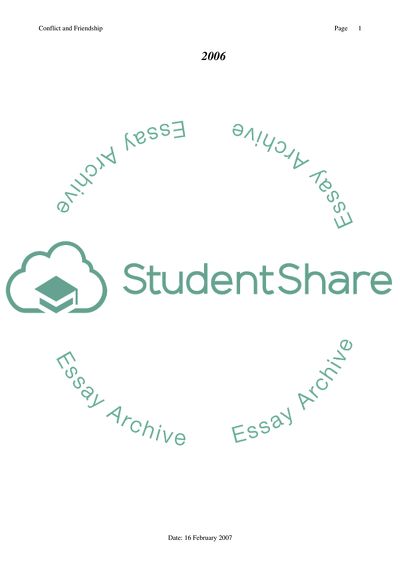Cite this document
(Conflict and Friendship Literature review Example | Topics and Well Written Essays - 1750 words, n.d.)
Conflict and Friendship Literature review Example | Topics and Well Written Essays - 1750 words. https://studentshare.org/psychology/1539197-conflict-and-friendships
Conflict and Friendship Literature review Example | Topics and Well Written Essays - 1750 words. https://studentshare.org/psychology/1539197-conflict-and-friendships
(Conflict and Friendship Literature Review Example | Topics and Well Written Essays - 1750 Words)
Conflict and Friendship Literature Review Example | Topics and Well Written Essays - 1750 Words. https://studentshare.org/psychology/1539197-conflict-and-friendships.
Conflict and Friendship Literature Review Example | Topics and Well Written Essays - 1750 Words. https://studentshare.org/psychology/1539197-conflict-and-friendships.
“Conflict and Friendship Literature Review Example | Topics and Well Written Essays - 1750 Words”. https://studentshare.org/psychology/1539197-conflict-and-friendships.


